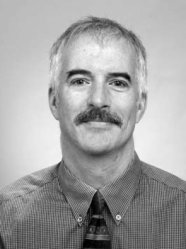BibTex format
@article{Biyoghé:2024:10.1190/geo2023-0369.1,
author = {Biyoghé, AT and Leroy, YM and Zimmerman, RW},
doi = {10.1190/geo2023-0369.1},
journal = {GEOPHYSICS},
pages = {MR91--MR106},
title = {Simulations of S waves from the piezoelectric source to the receiver to assist in laboratory measurements of rock properties},
url = {http://dx.doi.org/10.1190/geo2023-0369.1},
volume = {89},
year = {2024}
}

